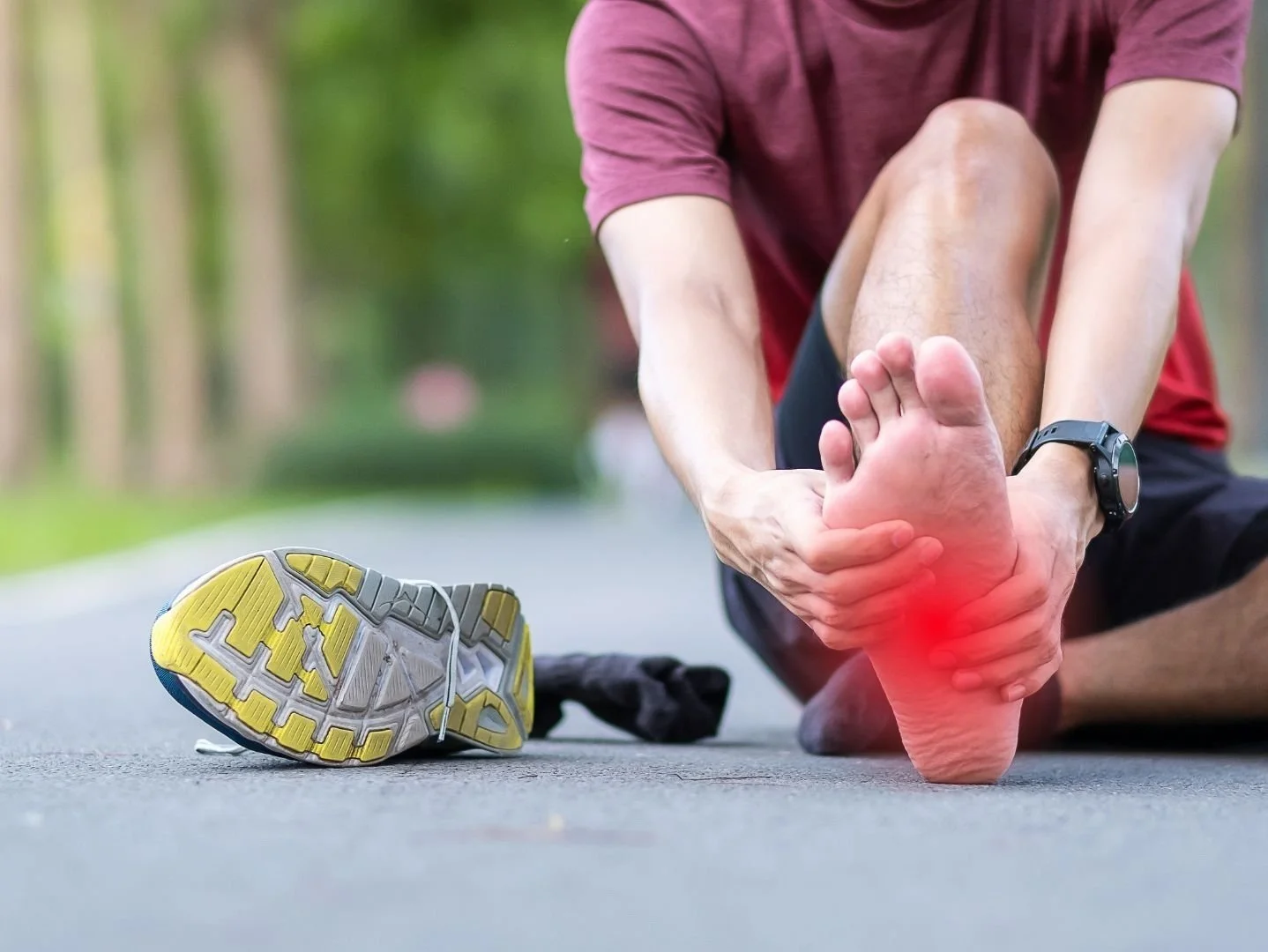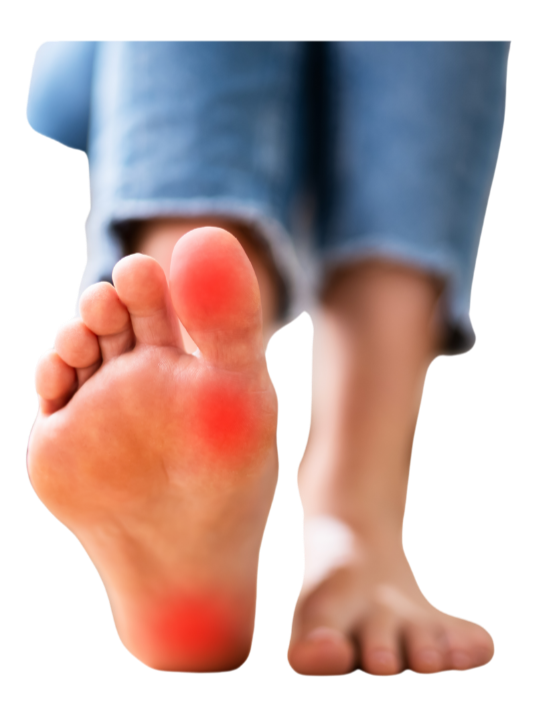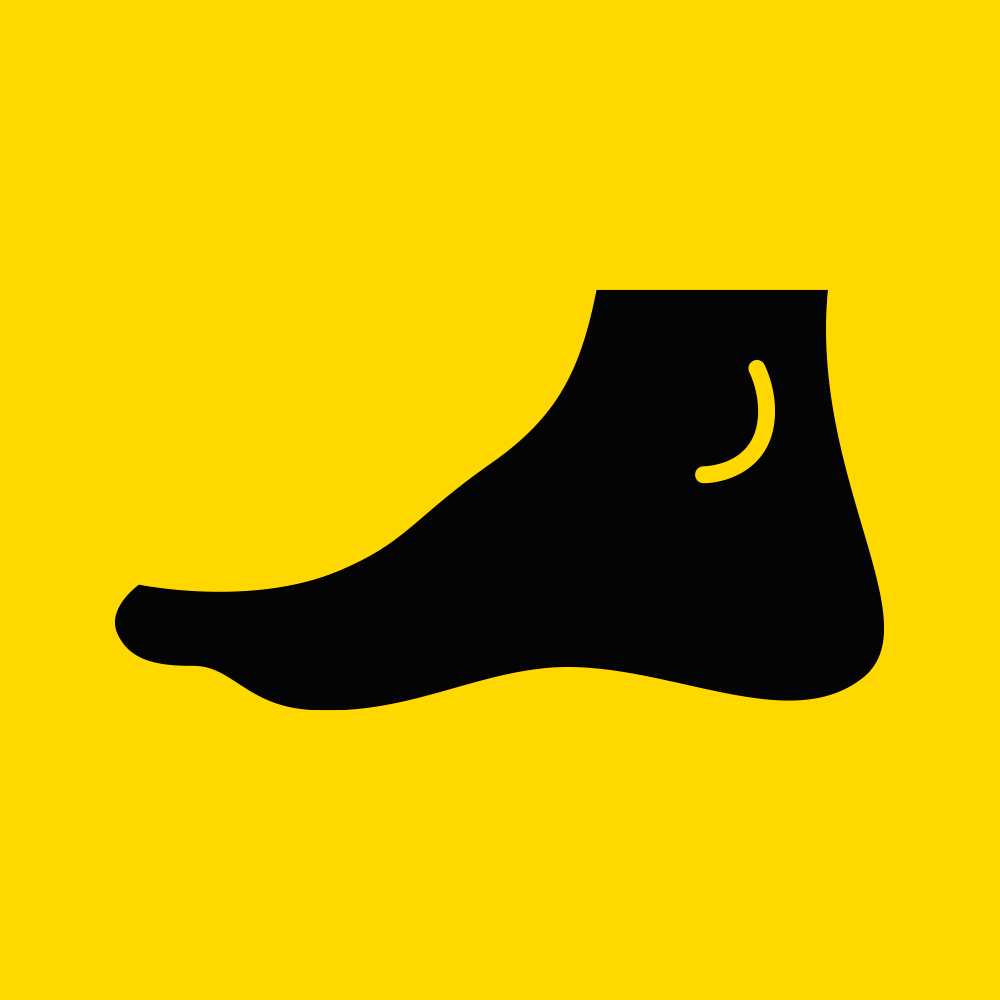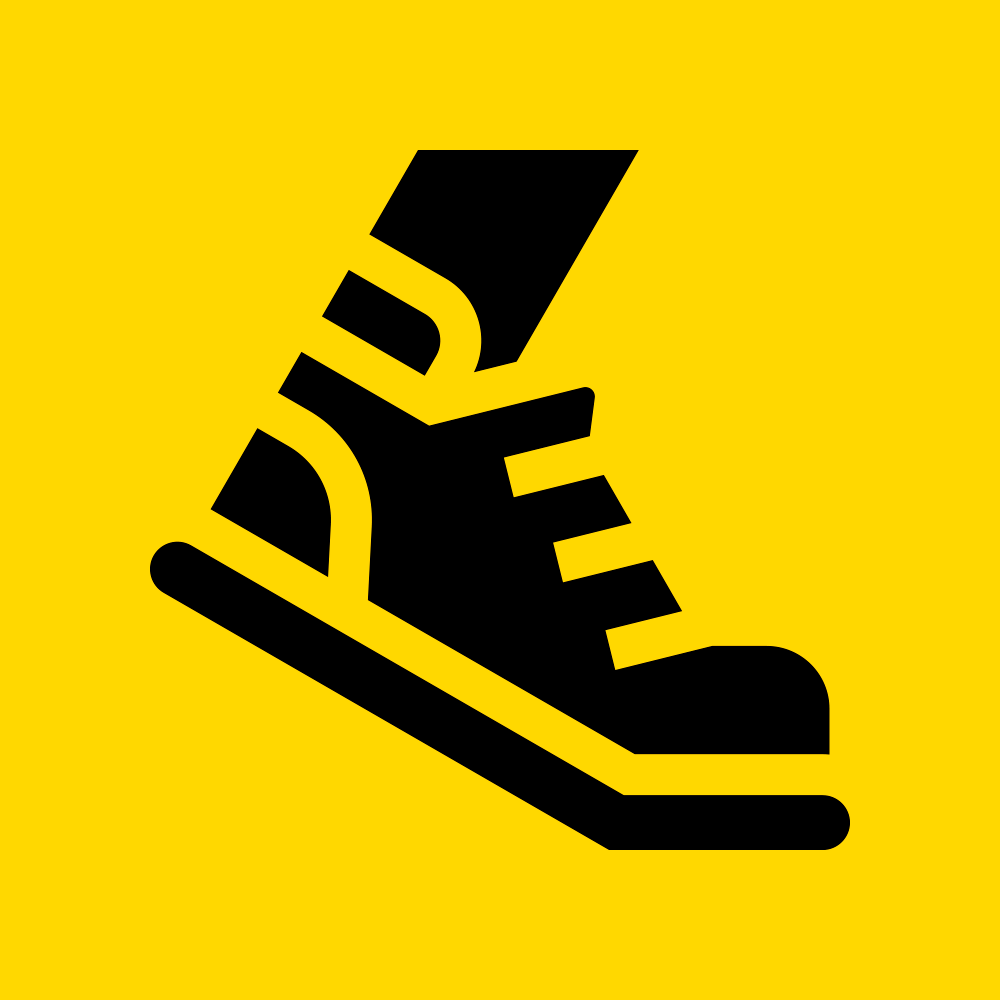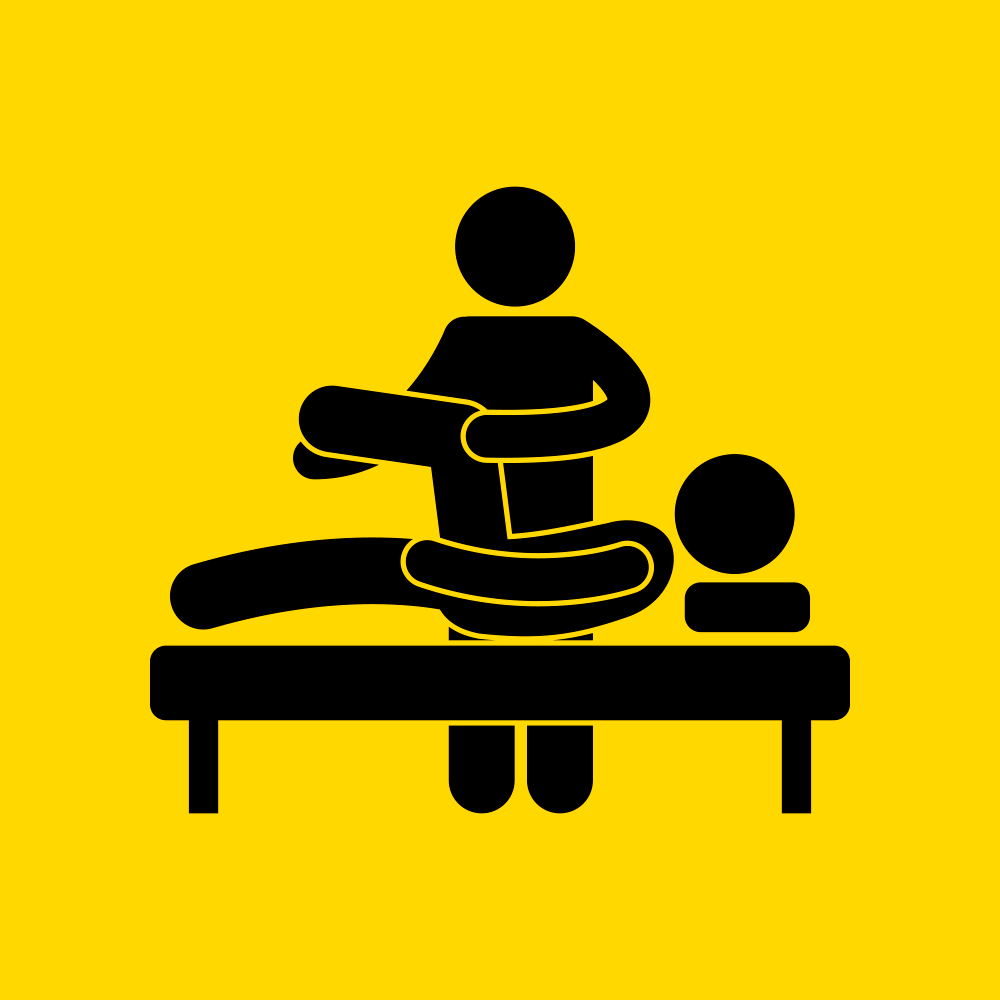Start Walking Without Heel Pain Again
Treatment designed to support your feet, relieve pain, and restore movement.
125+ 5 Star Reviews ✪✪✪✪✪
Common Symptoms of Plantar Fasciitis
✅ Sharp heel pain especially with first steps in the morning
✅ Foot pain worse after sitting. Then eases with movement
✅ Pain during or after activity
✅ Tenderness at the heel/arch
✅ Pain that worsens with barefoot walking or hard surfaces
✅ Minimal improvements from stretching and rolling ball
Common Quick Fixes & Why Relief Doesn’t Last
| What I've Tried | Relief Time | Why It Didn't Solve the Root Cause |
|---|---|---|
| Rolling foot on ball | Minutes | Doesn't change load pattern |
| Off the shelf insert | Few weeks | Generic arch height that compresses quickly |
| Only stretching calves | Partial | Ignores foot biomechanics | Rest | Temporary | Activity puts same stresses on foot again |
| Ice | Symptoms only | If you're not fixing how your body moves the pain comes back again |
What’s actually causing your pain?
Your plantar fascia—is thick band of tissue on the bottom of your foot. When repeated stress from life outpaces its capacity to recover, tiny micro‑tears develop.
Our Approach
More than one option. The one that’s right for you.
Step 1: Assessment
We begin with an evaluation of your foot structure, the way you walk and posture. This may include 3D scanning or foam impressions to capture precise measurements.
Step 2: Shockwave Therapy
Shockwave therapy uses sound waves to increase blood flow, helping sore tissues heal, reducing pain, and making it easier to move. (Typically requires 5 visits)
Step 3: Custom Orthotics
We your case would benefit from custom orthotics, we will fit you and make necessary adjustments for comfort and effectiveness within the treatment plan.
Step 4: Joint Mobilizations
Gentle joint mobilizations help loosen stiff areas, ease pressure on your heel, and speed up healing so you feel relief quickly.
Frequently Asked Questions
-
Plantar fasciitis is heel pain caused by inflammation of the plantar fascia, a thick band of tissue that supports your arch. It’s one of the most common causes of foot pain.
-
The main symptom is sharp heel pain, especially with the first steps in the morning or after long periods of sitting or standing.
-
It’s often caused by overuse, flat feet, high arches, poor footwear, or long hours on your feet.
-
A healthcare provider can diagnose it with a physical exam, medical history, and sometimes imaging to rule out other causes of heel pain.
-
Treatment includes rest, stretching, supportive footwear, custom orthotics, physical therapy, and in some cases, shockwave therapy or injections.
-
Yes, but it can take months. Early treatment with stretching, proper footwear, and orthotics can speed up recovery.
-
Yes. Custom orthotics support the arch, reduce strain on the plantar fascia, and provide long-term pain relief.
-
Most cases improve within 6–12 months with proper care. Chronic cases may need professional treatment.
-
Wear supportive shoes, maintain a healthy weight, stretch your calves and feet, and avoid walking barefoot on hard surfaces.

Begin Your Journey to Better Movement.
Don't let foot discomfort impact your daily life. Let us help you Rebuild a pain free life.

